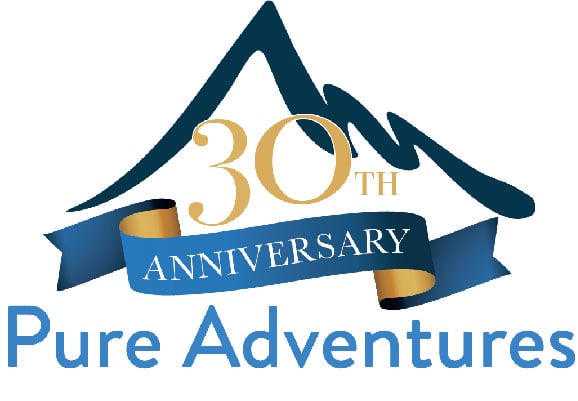
Nothing puts the brakes on a great hike as the foot pain caused by blisters. What starts out as minor irritation on your heel, foot arch or toes can quickly turn into a blister of epic proportions if the cause isn’t immediately dealt with. And when you’ve invested hours in training for a guided hiking trip with your friends, cancelling a day on the trails is an option no one wants to consider. Pure Adventures has rounded up these tips from hikers, ultrarunners and foot care experts to help prevent and treat this common foot ailment.
Choose the right footwear and socks for the situation
Every runner and hiker we spoke with told us that a great sock is the best defense against blisters. Phaedra Kennedy, a runner in Toronto, applies a layer of Body Glide on her feet before putting on Injinji toe socks. The Body Glide reduces friction, a chief cause of blisters. April Boultbee, a trail and ultrarunner in Barrie, says that socks made from natural fibres rather than synthetics are best at preventing blisters.
As for footwear, a well-fitting boot is a must. Boots should snugly fit your fit, with no wiggling through the heel, arch and ankle but have space in the toe box for your toes to splay naturally. Elaine Brewer, a Boston-based runner and hiker, hasn’t had a blister in her ten years of trekking and credits her hiking boots to so many years of happy feet. Practice difference lacing techniques to eliminate hot spots and friction across the top of your feet. Zappos’ YouTube Channel has several videos with helpful hiking boot lacing tips.
And it goes without saying, make sure you’ve perfected your hiking boot and sock combination before your hiking vacation.
Keep your feet dry
Moisture, along with friction, contributes to painful blisters and there are several ways to keep your feet dry. One is to apply a powder to your feet prior to beginning your hike: the powder absorbs sweat, keeps your feet dry and reduces friction. Pack gear such as gaiters or waterproof socks like SealSkinz if you know you will be hiking in wet or rainy conditions. If you’re prone to sweaty feet, carry foot powder and spare socks in your pack.
Look for hot spots
The itchy spot on the bottom of your foot that you think might be nothing? Better check on it, advises Dan Wegrzynowski, a Wilderness First Aider and hiker in Alberta. “When hiking, every 45 minutes or so I look for hot spots, red areas that could blister if not taken care of,” says Wegrzynowski. Stephen Regenold of Gear Junkie.com echos Wegrzynowski advice. “On a hike, if you feel discomfort on your foot, immediately stop to address the sensation. A “hot spot” is the precursor to a blister, and if treated you can keep it that way,” says Regenold in this blog post on blister treatment and prevention.
Pop the blister…or not
Hikers are divided on whether or not blisters should be popped. Some like Wegrzynowski, say that blisters should be left alone and popping them can lead to further irritation and possible infection. When out on the trails, he opts to cover the blister with tape (Leukotape is one of the most popular products for hiking first aid). Moleskin is a popular go to for hikers who prefer to keep blisters intact. If the blister has already torn open (or you can’t resist popping them), make sure that the injured area has been thoroughly disinfected and is free of debris before applying tape or moleskin. Be sure to carry a saline rinse, tape, moleskin, alcohol swabs or other disinfectant in your hiking first aid pack.
What advice do you have to keeping your feet blister free? Join the conversation by leaving your comments here, on Facebook or Twitter (but please don’t Instagram pictures of your blisters).
